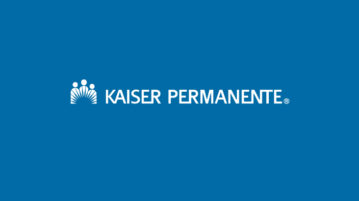By Scott Weier
On June 22, NEJM Catalyst, known for selecting only the most impressive examples of health care innovation, published a perspective piece from Robert Pearl, M.D., and Bernadette Loftus, M.D., on the success of KPMAS hubs. “Five hubs currently operated by Kaiser Permanente, Mid-Atlantic States (KPMAS) have improved clinical care, increased health care access, and lowered costs, compared with the traditional community hospital/medical office care model,” wrote Drs. Pearl and Loftus.
According to Drs. Pearl and Loftus, KPMAS’s hub model could fill a “major gap” for patients “with immediate problems that are too complex for a doctor’s office but don’t require a multiple-day hospitalization.”
Some highlights from the analysis:
- “Of the 700,000 patients treated in the KPMAS hubs over the past six years, 31% would otherwise have been seen in an ED.”
- “Of these, only 2% were admitted to a hospital, significantly fewer than if they had received care in most hospital EDs.”
- “Use of the hubs has contributed to a 23% decrease in hospital days and ED visits per thousand members from 2009 to 2014. Across that time, there have been no major medical complications or avoidable patient deaths.”
- “The hubs have enhanced patient satisfaction: 86% of hub visitors in 2015 reported a very good or excellent care experience. Since launching the hubs, KPMAS has experienced a 20% increase in the number of patients reporting an “excellent” overall care experience on the Consumer Assessment of Healthcare Providers and Systems (CAHPS) survey and has been rated “market leading” by J.D. Power and Associates.”
- “The creation of the hubs has also contributed to quality improvement. KPMAS rose from 81st in the nation in the 2009 NCQA Health Plan rankings to 13th in the nation in 2014. KPMAS was one of only two health plans in the United States to achieve a 5-star rating for both Commercial and Medicare in the 2015–2016 NCQA ratings.”
- “Overall cost increase for care delivery over the past three years has been under 2% for the region, compared with an estimated 5–6% industry average. The hubs have contributed significantly to this result.”
Read the full analysis here.




